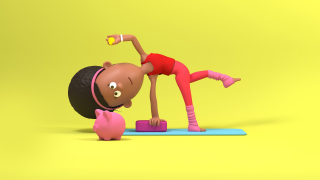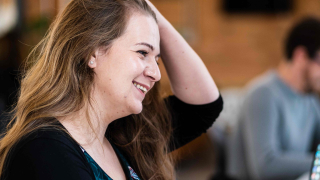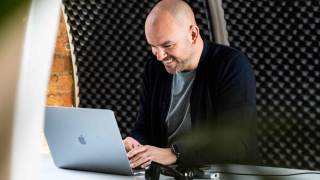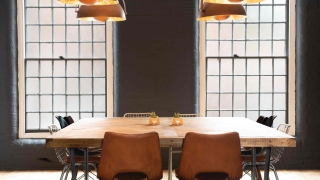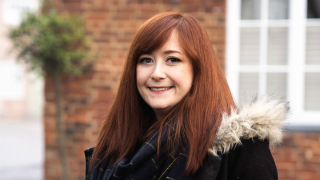
Filters have been around for quite a while now. We were first introduced to them in 2015 when Snapchat introduced Snapchat Lens, created by Ukrainian start-up company Looksery. In 2017 Facebook caught up and released their camera effects and thus, Spark AR was born. Spark AR is free software that allows you to create filters for Instagram and Facebook and the exciting thing about this is that you do not have to be an industry giant to publish your filters, which can then be accessed by anyone.
Try before you buy
The future of AR filters is something that e-commerce is already taking advantage of. A 'pet peeve' of online shoppers, such as myself, is often not being able to evaluate the product properly through static images. I can’t tell if these sunglasses are going to be too big for my face based on the 'one size fits all' adorning the carefree model’s face, so I just have to chance it and send them back if they don’t fit right or look terrible.
Returning items isn’t cost-effective for companies or consumers and it certainly isn’t good for the environment (more deliveries means more packaging and transport after all). Fortunately, AR somewhat has our backs on this issue, with AR filters you can “try before you buy” accessories in different lighting situations to see how it affects the colour of the product or how it fits you. Of course, nothing will compare to the experience of actually going into a store and trying on the product, but during a pandemic or if you are a person with mobility issues these kinds of filters would be very helpful. It’s important to mention, that when marketing these products through filters, they must not ‘retouch’ or distort the customer’s face in any way as this may give them unrealistic expectations of how the product will look.
Through AR real-world object-tracking, you can also test furniture before you buy to see if it will fit nicely in your living room — not the comfort of the furniture annoyingly, we’re a long way off developing teleportation or plugging into the Matrix. Again, this is not a new technology, IKEA first introduced this feature in 2013, however, the mainstream popularity of AR is hinting that this feature may one day be a requirement for future product testing. Developers at Spark AR are looking into how these services can be pushed further by offering location-based experiences. Imagine walking past a shop and AR will link to the filters that allow you to try on the products - this could be useful if you are pressed for time and want to virtually revisit the store later in the comfort of your own home.
The art of filters
The accessibility of creating AR filters is hugely exciting to creators and artists, their work now has limitless possibilities through the realms of AR. Last year, Tate Britain unveiled their AR exhibition “The Virtual Wing” which allows people to watch the art come to life with animations and 3D landscapes using their smartphones:
Gaming filters
As exciting as it is to have a solution to every problem, some filters exist purely for entertainment purposes. AR allows you to control elements of certain games by tracking your eye and facial movements - finally, I can play Flappy Bird without even having to use my hands! Jokes aside, this technology could be incredibly useful to those with Cerebral Palsy or other movement disabilities as it allows them to play these types of games and connect more through social media. Of course, the technology that allows the user to control a device purely by tracking their eye movements has existed for a while but bringing this into social media platforms makes it much more accessible from a financial, physical and cultural perspective for everyone to use and also evolve.
The limitations of filters
It’s not all sunshine and rainbow filters with creating AR of your very own. After you have created your masterpiece, several rules need to be adhered to so that your filter can be approved, this includes limitations on object count, resolution, dimensions, size and use of logos. These can be restrictive for a designer, however, often limitations push us to be more creative so it’s not all bad!
Conclusion
At Fluid, we created our own filters to support our digital campaign for National Forest Adventure Farm’s “Screamfest”, which won us a Drum award, which speaks for itself in that filters make an impact and are here to stay. You can read more about our creative journey here.
As concerning as it may be to be glued to our smart devices, an exciting opportunity has emerged from augmented reality filters, and that is digital accessibility. Creators can make even more use of this technology so that one-day accessible applications can be a feature for everyone and not just a guarded secret for industry giants or a Kickstarter project. I can’t wait to explore all of the exciting filters we can develop for more our clients and learn some new skills along the way!
